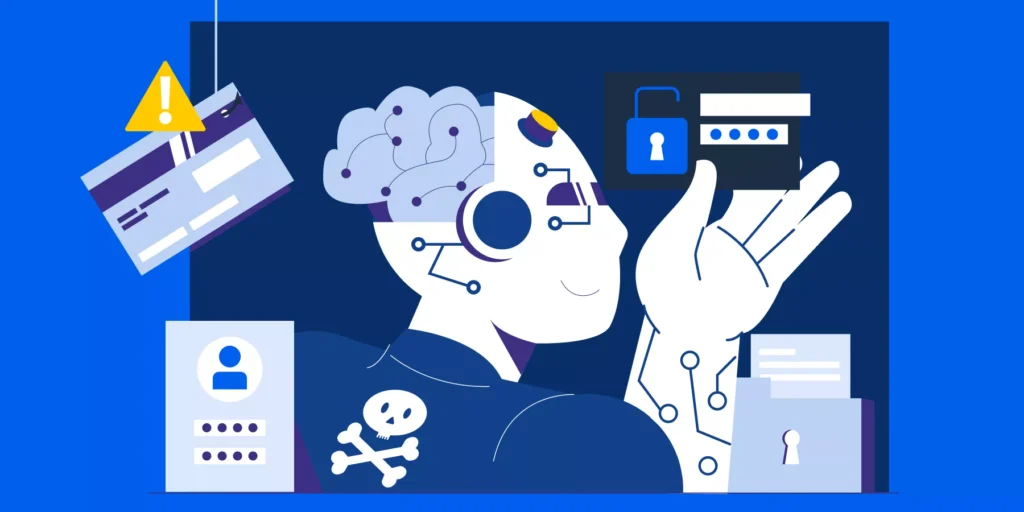The Q4 Cloud Cost Trap and the $7.2 Million Problem
The global cloud computing market is exploding. But here’s the problem: your Q4 cloud bill is about to blindside your CFO.
Organizations waste approximately 32% of their cloud spend on unused or underutilized resources. For enterprises spending over $12 million annually, that translates to roughly $7.2 million in wasted resources each year.
When January arrives and finance requests budget explanations, your chance to act has already passed. Right now, in December, you have a short window to cut waste, secure discounts, and deliver clear financial value before the budget closes.
This checklist gives you five practical checkpoints you can complete before year-end to reduce spend and improve your cloud and Workspace governance for 2026.
The Q4 Cloud Cost Trap: Why December is Critical
Cloud billing is elastic. Teams can create resources in minutes, but often forget about them. Over the year, test environments, old projects, and outdated configurations accumulate. This cloud sprawl drives up spend and creates year-end cost surprises.
By completing the five checkpoints below, you move from reactive clean-up in January to proactive cost control in December.
Checkpoint 1: Eliminate “Zombie” and “Ghost” Resources
This is the fastest way to show immediate savings. Zombie resources are items that continue generating cost but deliver no business value. A targeted sweep removes waste that has built up over the year.
Key items to target
▪️Orphaned storage volumes left behind after VM termination
These commonly represent 15 to 25 percent of storage cost in environments without strong controls.
▪️ Unattached static IP addresses that still incur vendor charges
A small per-resource cost that scales significantly across large estates.
▪️ Idle load balancers from abandoned or migrated workloads
These often cost 20 to 50 dollars per month each.
▪️ Inactive compute instances that have shown no meaningful workload for 30 days or more.
Use native tools for rapid discovery
- ▪️ AWS Config and Cost Explorer
- ▪️ Google Cloud Policy Intelligence and Recommender
- ▪️ Azure Advisor and Cost Management
These tools give you immediate visibility, allowing you to remove or reassign unused resources before the new budget year begins.
Admin tip: Do not rely on manual checks across teams. Create mandatory tagging for Owner, Project, Environment, and Cost Center. Untagged assets become forgotten and expensive. Good tagging also makes showback and chargeback reporting simple when finance asks which teams are driving cost increases.
Checkpoint 2: Right-Size Your Infrastructure
Did you provision a massive instance for a peak load that only lasted three days in March? Right-sizing is the process of matching compute instances to their actual workload requirements. According to a 2025 Cloud Cost Report, underutilized resources represent 21% of enterprise cloud spend, or approximately $44.5 billion in projected waste. Right-sizing is one of the most effective ways to reclaim this spending.
Your Action Plan:
- Review CPU, memory, and network metrics from the last 60 to 90 days
- Confirm that instance families match actual workload types
- Move low usage development or testing environments to burstable instance types when appropriate
The Reality Check: You’re likely paying for 30-50% excess capacity that delivers no performance benefit. Right-sizing eliminates this waste without impacting user experience.
Checkpoint 3: Audit Your Commitment Strategy
Reserved Instances (RIs) and Savings Plans (SPs) offer up to 72 percent in discounts compared to on-demand pricing. A December audit helps you lock in these savings before the new year starts.
Your December Priorities:
- Audit Upcoming Expirations: Identify all RIs and SPs expiring in Q1 or Q2 2026. Failing to renew these commitments on time will instantly revert costs back to significantly higher on-demand rates, creating budget shock in your first quarterly review.
- Verify Utilization Rates: Are your existing commitments fully utilized? Underutilized RIs represent paying for capacity you’re not using, a waste of both commitment and capital.
- Model Your 2026 Baseline: Project your absolute minimum baseline compute usage for next year. This conservative estimate becomes your commitment purchase target. Purchase or renew commitments now to lock in maximum savings for the entire fiscal year.
- FinOps Strategic Approach: Treat RIs and SPs as strategic financial assets, not just technical configurations. Proactive commitment management in December establishes a lower cost baseline that compounds savings throughout 2026.
Checkpoint 4: Implement Data Lifecycle Governance
Stop Paying Premium Prices for Cold Data
Data storage operates on a tiering model: the more readily accessible (hotter), the more expensive. Most enterprises pay premium storage rates for data that’s rarely or never accessed, a systematic leak in the budget.
The Optimization Strategy:
- ▪️ Review Retention Policies: Are you storing 5-year-old application logs in premium, high-cost storage? Identify large, historical datasets (backups, logs, archives).
- ▪️ Automate Migration: Implement lifecycle policies to automatically move data to cold storage tiers (like Amazon S3 Glacier, Azure Archive Storage, or GCP Coldline) after a certain access threshold (e.g., 90 days). This is the key to managing data compliance risk while reducing storage costs.
Checkpoint 5: A Google Workspace Admin’s Secret Weapon: Saving with GAT
Your cloud platforms are only one part of your spend. Google Workspace can also create unnecessary costs through unused accounts and uncontrolled storage growth. GAT+ gives you the visibility you need to reduce these issues before the new budget cycle begins.
1. Reclaim unused licenses
GAT+ gives you a complete view of active, suspended, and inactive users.
You can quickly spot accounts with little or no activity across Gmail, Drive, and Calendar, and remove or downgrade licenses to reduce cost.
If you also want to track inactivity at the device level, GAT Shield includes an inactive device alert that flags users who have not used their Chrome device for a defined period. This helps you identify dormant accounts earlier and apply your internal offboarding or deprovisioning policies.
GAT Flow supports automated offboarding so accounts are secured, Drive ownership is transferred, and licenses are removed without manual work.
2. Reduce storage sprawl in Drive and Shared Drives
GAT+ reports storage use at the user, group, and Shared Drive level.
You can identify inactive Shared Drives, users with large storage footprints, and abandoned content that increases your bill. This allows you to clean up data before it pushes you into higher storage tiers.
3. Monitor Google Drive quota and send alerts
GAT+ lets you see Drive quota usage for every user in one place. You can filter by quota used for Drive, Gmail, and Photos and focus on heavy users who have the largest impact on storage cost.
Alert rules in GAT+ allow you to:
- ▪️ Set a storage threshold in megabytes or as a percentage of quota
- ▪️ Notify admins when users cross that limit
- ▪️ Send an automatic email to end users so they can clean up their own data
This turns quota from a surprise expense into a controlled process.
4. Build ongoing cost governance for Workspace
With GAT+, you can schedule quota and storage reports, monitor growth trends, and review inactive users on a regular basis.
This shifts Workspace from a once-a-year cleanup to continuous cost control.
Related Knowledge Base Articles:
- ▪️ Understanding User Quota Usage in Google Workspace with GAT+
- ▪️ View Google Drive Quota and Set Storage Alerts with GAT+
Conclusion: Start Your Audit Today
The enterprise year-end audit is not only about cutting costs; it is about building a stronger operational model and showing the strategic value of IT administration for 2026. By addressing these checkpoints in December, you reduce budget surprises, free up capital for project planning, and deliver measurable impact.
Your Next Steps
- Schedule a two-hour audit session with your cloud team
- Run native optimization reports for each platform you manage
- Document upcoming commitment expirations and utilization rates
- Identify your top ten zombie resource candidates
- Set tagging policies for all new resources
The difference between a January problem and a December win is action.
Don’t wait. Start your optimization today.
Insights That Matter. In Your Inbox.
Join our newsletter for practical tips on managing, securing, and getting the most out of Google Workspace, designed with Admins and IT teams in mind.







